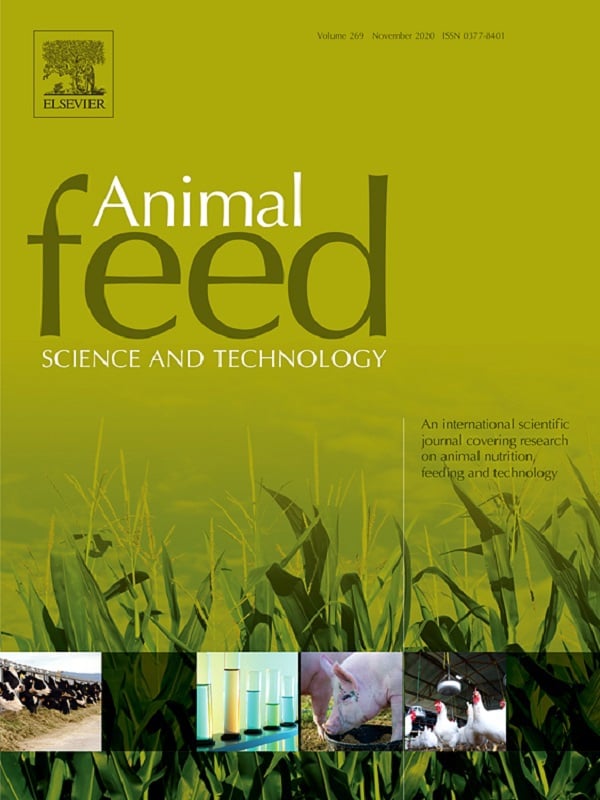
The effect of hydroxychloride trace minerals (HTM) on nutrient digestibility in comparison with sulphate trace minerals (STM) was tested in Bonsmara beef cattle fed Eragrostis tef hay as roughage, with high or low protein supplementation. Eight 12 month old Bonsmara beef heifers were housed individually and fed according to a duplicated 4 × 4 Latin square design. Two levels of protein supplementation, being 12.79% crude protein (CP) in the low protein concentrate and 30.16% CP in the high protein concentrate, were combined with two sources of trace minerals, being HTM and STM. All four diets contained 15 ppm added Cu, 50 ppm added Zn and 33 ppm added Mn. The Eragrostis tef hay roughage was fed ad libitum. The supplements including the minerals were fed separately daily at a fixed rate of 1.4 kg/heifer/day. Each period was 24 days starting with 18 days adaptation period followed by 6 days sampling period. The body weight and feed intake were measured during each period, to calculate growth performance. Feed and fecal samples were collected during sampling period and analyzed for nutrient digestibility, while acid insoluble ash was used as indigestible marker. On the last day of each period, rumen fluid was collected via a stomach tube for rumen pH and volatile fatty acid measurements.

